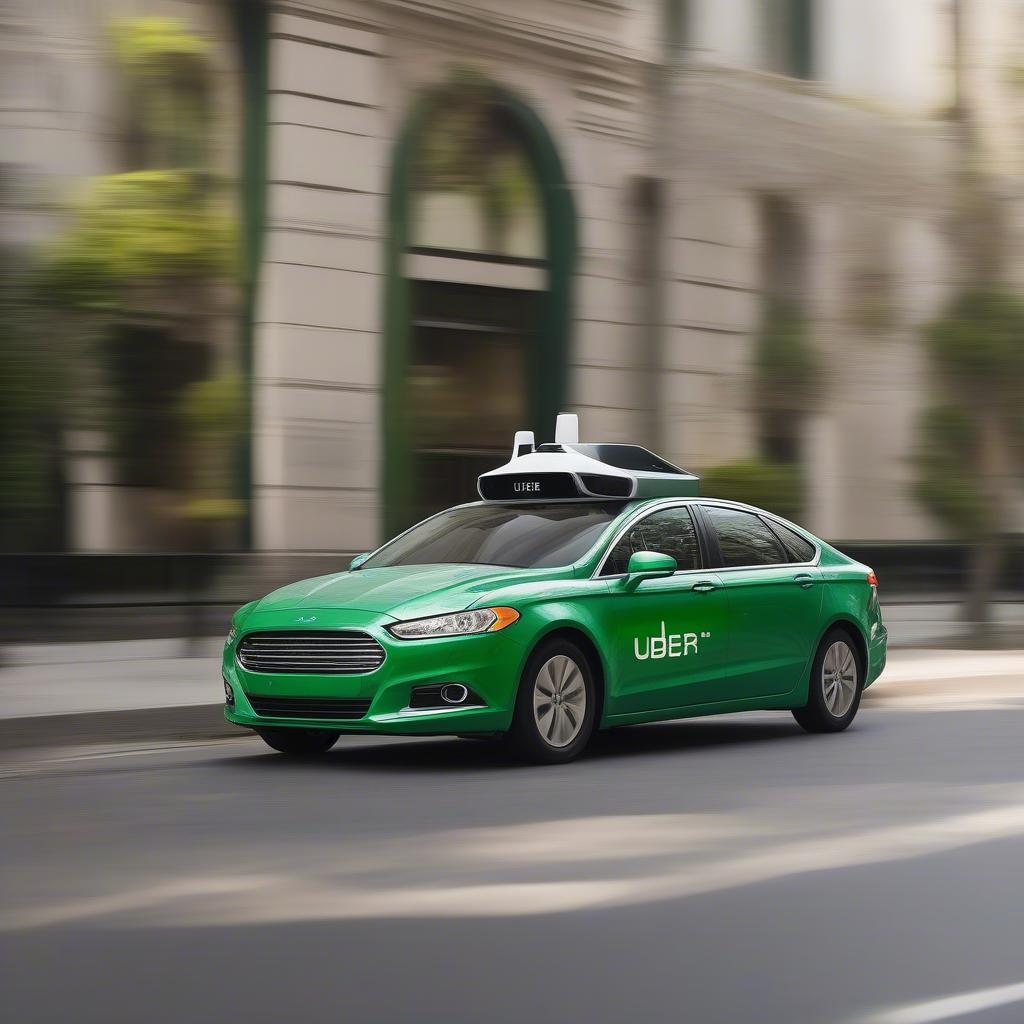
Uber’s meteoric rise from a simple ride-hailing app to a global transportation giant is a testament to its strategic adaptability and awareness of the ever-shifting external environment. A key element of Uber’s success lies in its effective use of PESTEL analysis, a framework that examines the Political, Economic, Social, Technological, Environmental, and Legal factors influencing a business. Understanding how Uber navigates these forces provides valuable insights into its sustainable growth strategy. So, how exactly does Uber leverage PESTEL analysis to maintain its competitive edge? Let’s dive in.
Table Content:
- Political Landscape: Navigating Regulations and Lobbying Efforts
- Economic Factors: Adapting to Market Fluctuations and Pricing Strategies
- Social Trends: Catering to Evolving Consumer Needs and Preferences
- Technological Advancements: Embracing Innovation and Data Analytics
- Environmental Concerns: Addressing Sustainability and Reducing Carbon Footprint
- Legal Framework: Compliance and Navigating Regulatory Challenges
- Adapting to the Changing Landscape: Uber’s PESTEL Strategy in Action
- FAQ
- Conclusion
Political Landscape: Navigating Regulations and Lobbying Efforts
How does Uber handle the political hurdles in its path? Uber operates in a highly regulated environment, facing challenges from local governments and taxi unions worldwide. To address these political pressures, Uber actively engages in lobbying efforts to shape transportation policies in its favor. They also work with policymakers to develop frameworks that recognize ride-sharing as a distinct category within the transportation sector. This proactive approach helps Uber navigate the complexities of local regulations and mitigate potential political roadblocks.
Economic Factors: Adapting to Market Fluctuations and Pricing Strategies
How does the economy impact Uber’s operations? Economic factors like fluctuating fuel prices, unemployment rates, and economic downturns directly impact Uber’s business. The company uses dynamic pricing models that adjust fares based on demand, allowing them to remain competitive during economic fluctuations. Moreover, Uber’s platform offers flexible income opportunities, particularly appealing during periods of high unemployment. This adaptability to economic shifts is crucial for Uber’s sustained growth.
Social Trends: Catering to Evolving Consumer Needs and Preferences
How does Uber adapt to changing social trends? Uber recognizes the importance of social trends and changing consumer preferences. They’ve expanded their services beyond ride-hailing to include food delivery (Uber Eats), freight transportation (Uber Freight), and even micro-mobility solutions like e-bikes and scooters (Jump). This diversification caters to evolving consumer demands for convenience and sustainable transportation options, bolstering Uber’s position in the market.
Technological Advancements: Embracing Innovation and Data Analytics
How does technology shape Uber’s strategy? Technology is at the core of Uber’s business model. They continuously invest in research and development, focusing on areas like autonomous driving, artificial intelligence, and data analytics. These technological advancements not only improve the efficiency of their operations but also pave the way for future growth opportunities. Data analytics, in particular, allows Uber to optimize routes, predict demand, and personalize user experiences.
Environmental Concerns: Addressing Sustainability and Reducing Carbon Footprint
How does Uber address its environmental impact? Growing environmental awareness has prompted Uber to address its carbon footprint. They’ve introduced initiatives like Uber Green, which allows riders to choose hybrid or electric vehicles, and invested in research on sustainable transportation solutions. These efforts not only align with global sustainability goals but also attract environmentally conscious consumers, further contributing to Uber’s sustainable growth.
Legal Framework: Compliance and Navigating Regulatory Challenges
How does Uber manage legal complexities across different jurisdictions? Operating in numerous countries, Uber faces diverse legal and regulatory challenges. They must comply with local labor laws, licensing requirements, and safety regulations, which often vary significantly across jurisdictions. Uber’s legal team works diligently to ensure compliance and navigate these complexities, minimizing legal risks and ensuring the smooth operation of its services.
Adapting to the Changing Landscape: Uber’s PESTEL Strategy in Action
How does Uber use PESTEL analysis to adapt to the changing business environment? Uber’s ability to leverage PESTEL analysis is evident in its strategic responses to external factors. For example, during the COVID-19 pandemic, they quickly adapted by implementing safety measures, expanding their delivery services, and offering new features like contactless delivery. This agility and responsiveness demonstrate the power of PESTEL analysis in guiding Uber’s decision-making and fostering sustainable growth.
FAQ
What is PESTEL analysis and why is it important for Uber? PESTEL analysis helps Uber understand the external factors impacting its business, enabling informed strategic decisions for sustainable growth.
How does Uber address regulatory challenges in different countries? Uber actively engages with local governments and regulatory bodies to ensure compliance and navigate legal complexities.
What is Uber Green and how does it contribute to sustainability? Uber Green allows riders to choose hybrid or electric vehicles, reducing their carbon footprint and promoting sustainable transportation.
How does Uber leverage technology for growth? Uber invests in autonomous driving, AI, and data analytics to optimize operations, personalize user experiences, and create future growth opportunities.
How has Uber adapted to the COVID-19 pandemic? Uber implemented safety measures, expanded delivery services, and introduced contactless delivery to address the challenges posed by the pandemic.
What are the main economic factors impacting Uber’s business? Fluctuating fuel prices, unemployment rates, and economic downturns all influence Uber’s operations and pricing strategies.
How does Uber cater to evolving consumer needs? Uber diversifies its services, offering options like food delivery, freight transportation, and micro-mobility solutions to meet changing consumer demands.
Conclusion
Uber’s strategic application of PESTEL analysis is a key driver of its sustained growth. By continuously monitoring and adapting to the external environment, Uber demonstrates its commitment to innovation, sustainability, and meeting the evolving needs of its global user base. From navigating complex regulations to embracing technological advancements and addressing environmental concerns, Uber’s PESTEL-informed strategy positions it for continued success in the dynamic world of transportation. Have you considered how PESTEL analysis might benefit your own business or industry? It’s a powerful tool for navigating the complexities of today’s market.

